What to Expect When Traveling During COVID-19
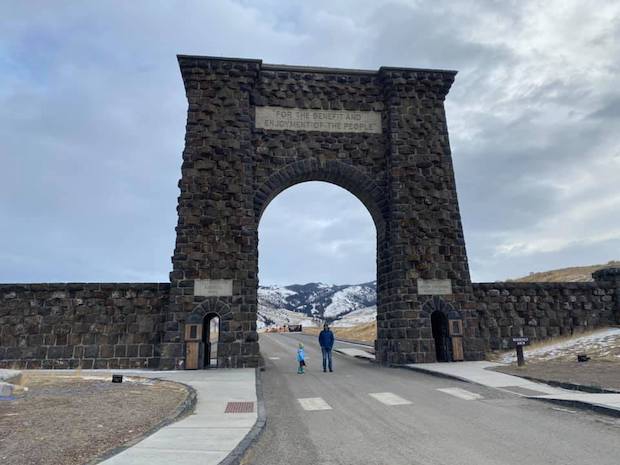
As 2020 winds to a close, we have many reasons to be hopeful as we head into 2021. COVID-19 vaccines are rolling out globally. People got outdoors and explored in previously unheard of numbers. And we got to do some racing, and every IRONMAN full distance event in North America is sold out of general entry.
We have reason, then, to expect that we're going to do at least some full-distance races, which also means that you're likely going to need to do some long-distance traveling in order to get there. Here are some of the things that you can look forward to, based upon my recent travels to the western United States.
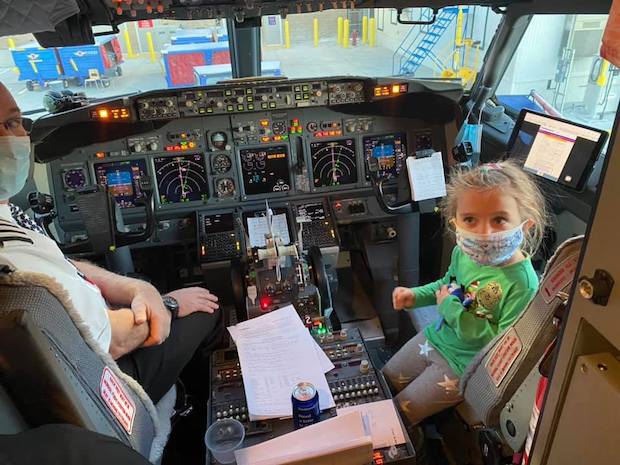
Flying
Our experience is limited to flying through Bradley, Midway, and Salt Lake City International Airports. We also flew Southwest, in part because we needed five checked bags to lug the majority of our ski equipment and other needed supplies for our eight day adventure.
First, airports are empty. According to the TSA, air travel is down 50 to 66% on any given day, year-over-year. Despite our original flights being cancelled (more on that in a minute), our re-booked flights and the airports themselves were still significantly empty. The largest crowd that we saw was at the check-in counter to get our bags screened and checked. This is where airline status can help you; because we are A-List passengers on Southwest, we were able to skip the line and get our bags checked in plenty of time. TSA screening took under 10 minutes, and we were off to our gate (and our fifth cup of coffee of the morning).
Now, about those flights. Be prepared for re-booking and build that lead time into your plans. Our original flights were supposed to leave on Wednesday, and flying home on Christmas Day. This would give us a night in Salt Lake City before doing our long drive up to Yellowstone on Thursday. However, Southwest cancelled our flights in advance of a large snowstorm. Despite snow not coming until Thursday. After a lot of wrangling with customer service, we re-booked for Friday — making it a very long day of flights and driving (not helped by a four year old that was "too excited" at the airport hotel on Thursday night and waking up at 1 AM Eastern).
This all being said, our flights were still well under capacity. Being a family of three, we easily were able to find a row up front on the plane and be distanced from other passengers. In flight service is limited, which also limits the amount of time that people won't wear masks. And kudos to Southwest — flight attendants were very attentive to passengers wearing masks incorrectly. If you weren't actively eating or drinking, your mask needed to be on and over your nose. And their attendants made sure you got it done; Ivy was having a little trouble with one of her masks and the flight crew gave her a Southwest-branded one that fit her well.
My recommendation, if you have a Sunday race, would be to plan on flying Wednesday, and a return trip on Monday or Tuesday. This avoids some of the peak travel days, and also puts you with travelers who more frequently deal with TSA, security, and airports generally. It helps. Seasoned travelers are safer travelers and less likely to devolve into chaos. Also plan on bringing snacks; most airports have limited food options open, and those that are open are extraordinarily busy.
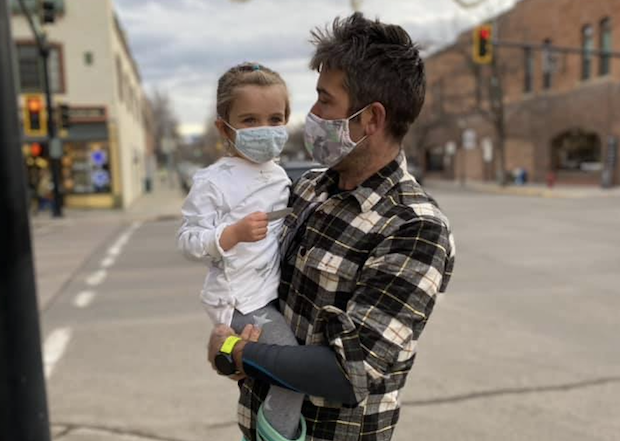
Mask Fatigue is Real
Unless you are a frontline worker, you're going to need to get used to wearing a mask all day. For example, on our travel days, we were masked for up to 10 hours continuously. This is a big change from our work-from-home experience, where our limited masking time is when we are in retail shops or in downtown Brattleboro, Vt. It means you should probably practice wearing your masks before your trip, and to pick those that are going to be comfortable for full-day wearing.
Early on in the pandemic I picked up the De Soto masks. These are great for 95% of what I needed. The other 5% of the time I opted for masks with ear loops, which are easier to put on and take off as needed. Be forewarned, though, that those types of masks are significantly more taxing on your ears, especially if you're going to be wearing them for hours at a time.
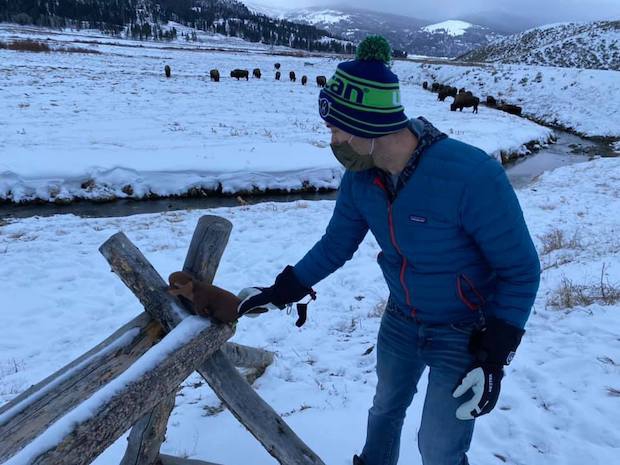
You also need to plan on wearing your mask throughout your outdoor activities. For example, masks are required in all lift lines, at the village, riding the lifts, and whenever you can't maintain at least 6 feet of social distancing (regardless of location) at both Big Sky and Snowbird. The only time my mask came down while at either resort was when we were skiing, and we were careful to pick both trails and lines on those trails to keep distance from everyone.
In those instances, I opted for this balaclava/hood combination from Blackstrap. It was warm when I needed it to be, and breathable when it was warm. It fit very well under my Smith CODE MIPS helmet. (I always wear a helmet skiing, and I go for MIPS after my TBI and concussion history.)
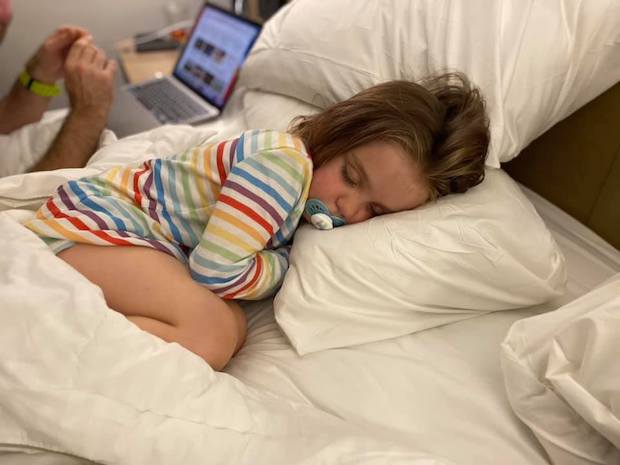
Distancing from Others
Sadly, it appears that social distancing has become as politicized as the rest of the pandemic. On our trip, we went from Salt Lake City to Yellowstone's northern entrance through Gardiner, Montana, then came back down as we skied at Big Sky and Snowbird. We spent a significant amount of the trip in our hotel room, away from others, due to the fact that we didn't feel particularly safe in certain situations. (It was also because Ivy was exhausted, as evidenced by the picture above. Who knew she might get overtired from that travel day?)
Your destination will likely be the thing that dictates what you will be doing once on the ground. In Yellowstone, we wound up not eating at our hotel (Mammoth Hot Springs Lodge) due to discomfort around our fellow guests. Instead, we frequently drove back down to Gardiner, Montana and ate both our meals at The Wonderland. We did so because of the ease of distancing from others, the quality of the food, and the atmosphere for Ivy. I wound up buying a photo off the wall of wildlife from Yellowstone. Highly recommend this place if you're ever there.
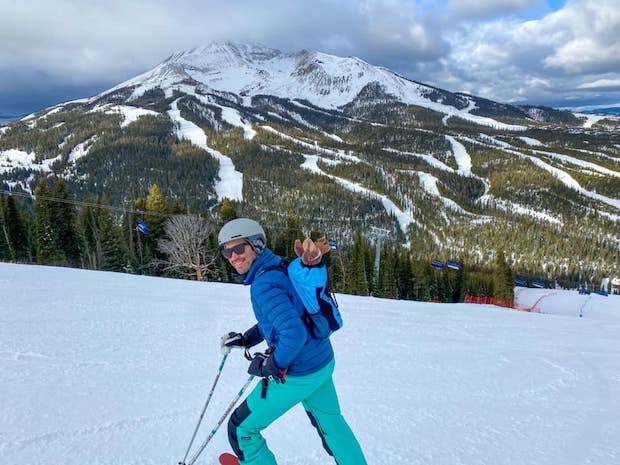
It was pretty much the same case in both Bozeman and Big Sky. Montana had billboards throughout our drive about "mask up, adventure on." The local community really seemed to care for one another and making sure that we kept one another safe. The same held true for our hotel and its restaurant, allowing for to-go cocktails or having dinner sitting outside around a fireplace. Big Sky was probably the best mix of feeling safe in the community and having as close to "normal" operations as possible.
The same couldn't have been said when we traveled through Idaho to get back down to Utah. We stopped in Idaho Falls for coffee and gas. Masks were on fewer than half the people we saw. Those within the Starbucks, where masks were required, would pull them down in order to talk to others. We kept our distance and got the hell out of dodge as quickly as we could.
Utah was more of a mixed bag. The ski community seemed more fractured than it did in Big Sky. I think this is more due to the proximity to Salt Lake City. People within lodges were not nearly as well-masked as they were in Big Sky, nor did it have the same feel of "we all need to keep each other safe." Once on the mountain it was fine. But it was the same when we got back into town. It meant that we didn't eat out in Salt Lake City; we did take out and otherwise isolated back in our rooms.
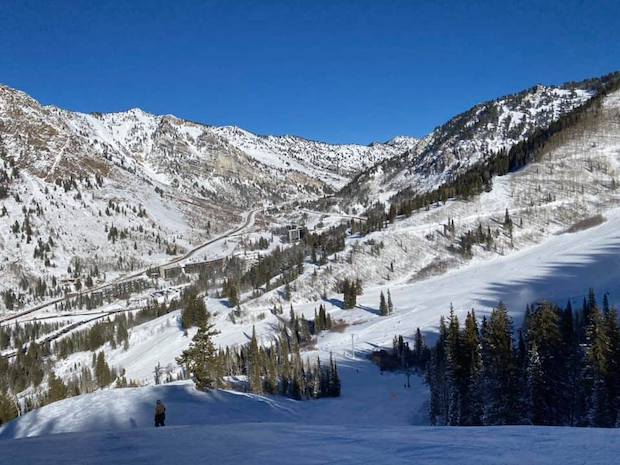
In Conclusion
Traveling during the pandemic means you need to be prepared to be flexible and to otherwise isolate away in your hotel room. And you also need to take into account isolation on the way home. We are currently isolating at home, working, and otherwise attempting to keep a four-year-old entertained (with varying results). Another two days left on our isolation period, and then we'll look at how we can keep adventuring in early 2021.


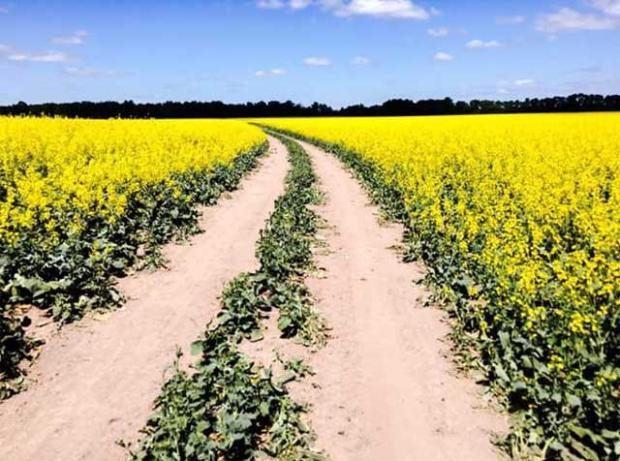
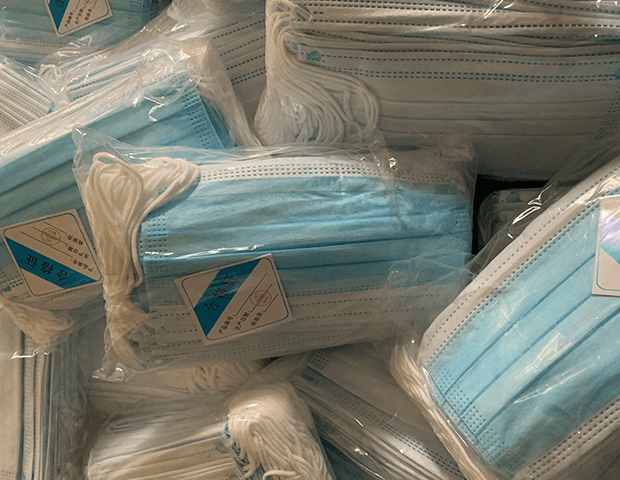
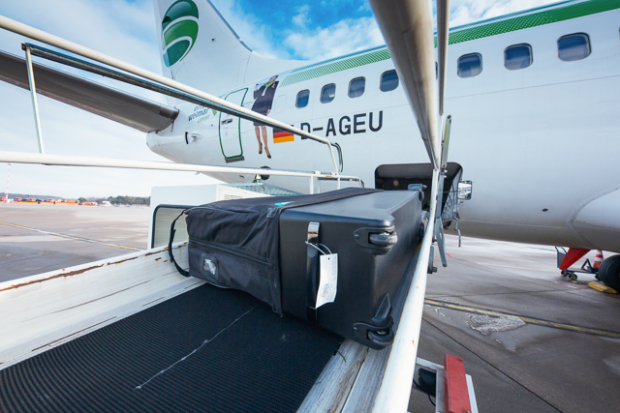
Start the discussion at slowtwitch.northend.network